by U.S. Fish and Wildlife Service (USFWS) Volunteer Kyle Richardson (K2) all photos and video by USFWS Volunteer Dan Rapp
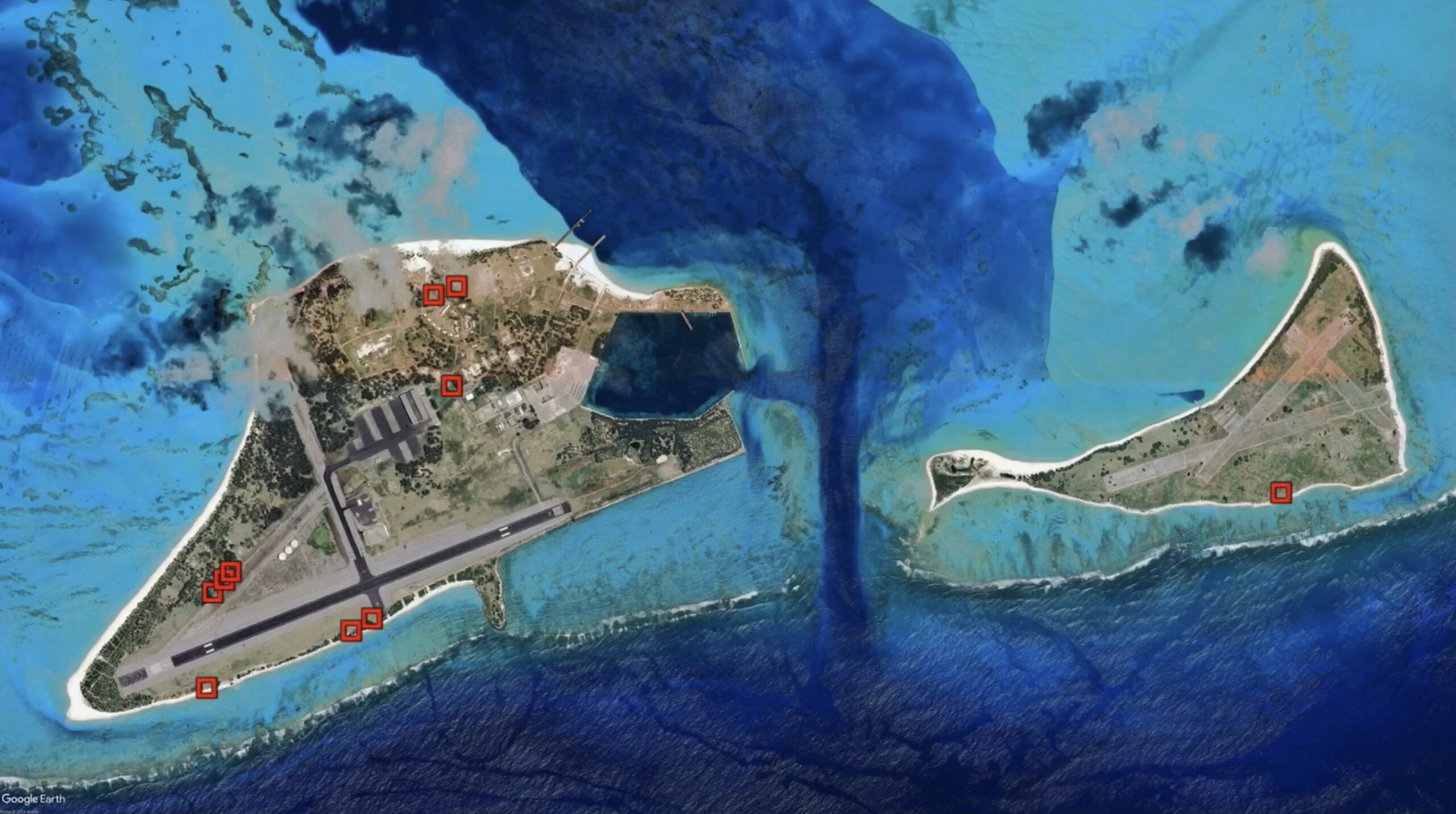
Since 2005, volunteers on Kuaihelani (Midway Atoll) have been collecting data on the reproductive habits of mōlī (Laysan) and ka‘upu (black-footed) albatross. Each year a handful of aspiring biologists spend a big chunk of their time and effort on this project. They, along with their supervisor, collect data on which birds nest where, which eggs hatch, and which chicks survive to fledging. This is a lot of data. All of it is faithfully compiled, organized by the FWS Volunteer Crew Leader, and shipped off to various universities and think tanks around the world.
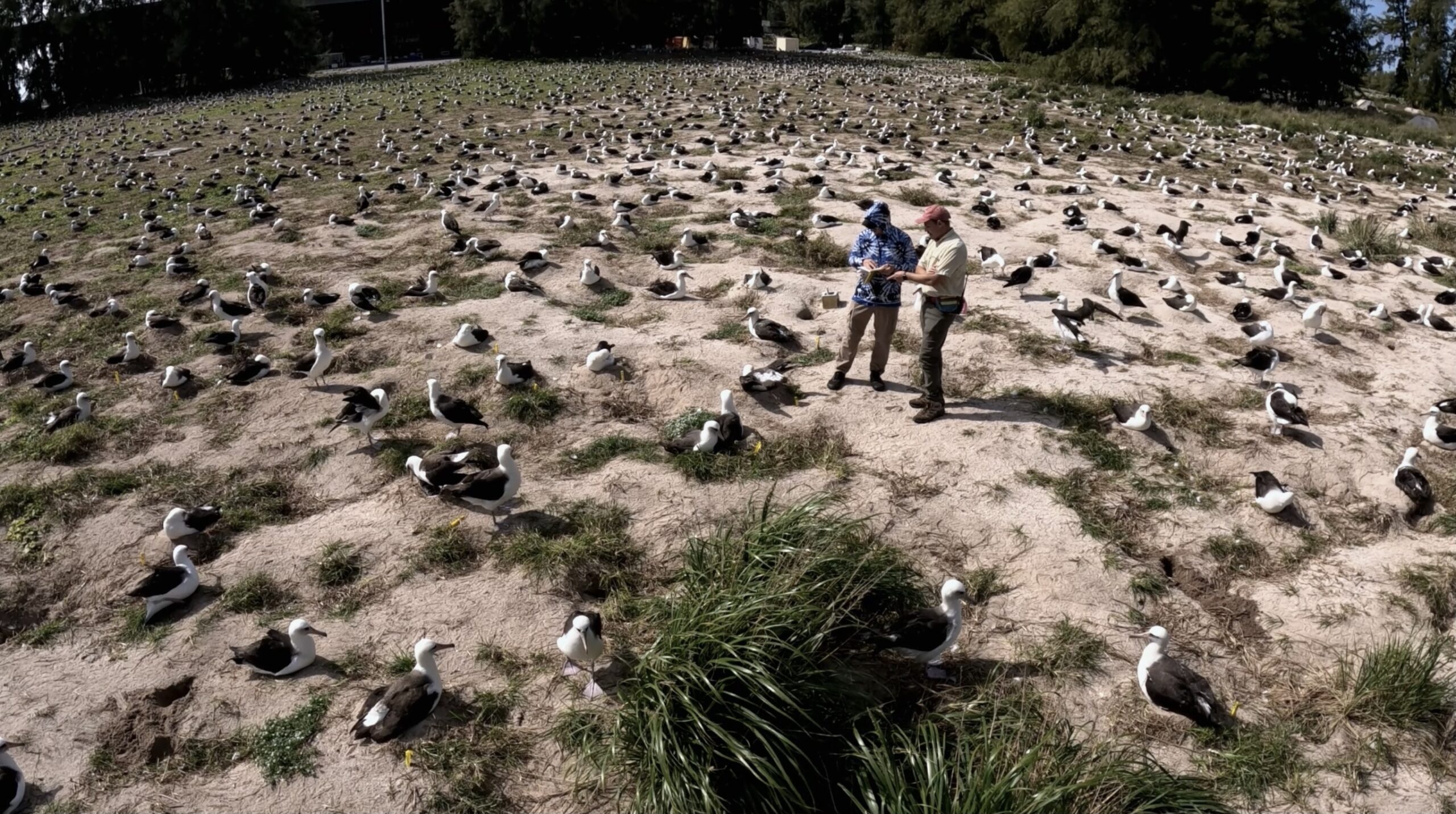
Aaaand scene. Well, not quite. You see, this is the Albatross Reproductive Success Monitoring Project (Repro), which is part of the U.S. Fish and Wildlife Service Albatross Demography Monitoring Project (ADMP) and none of that is simple, nor should it be. We are trying to establish breeding patterns for hundreds of thousands of birds and it has been a busy winter. As you may remember, your old pal K2 (Kyle Richardson) is currently serving with this year’s volunteers, so I’ve seen this Repro work up close and personal, and I have to say, it’s pretty cool. Let me walk you through it.
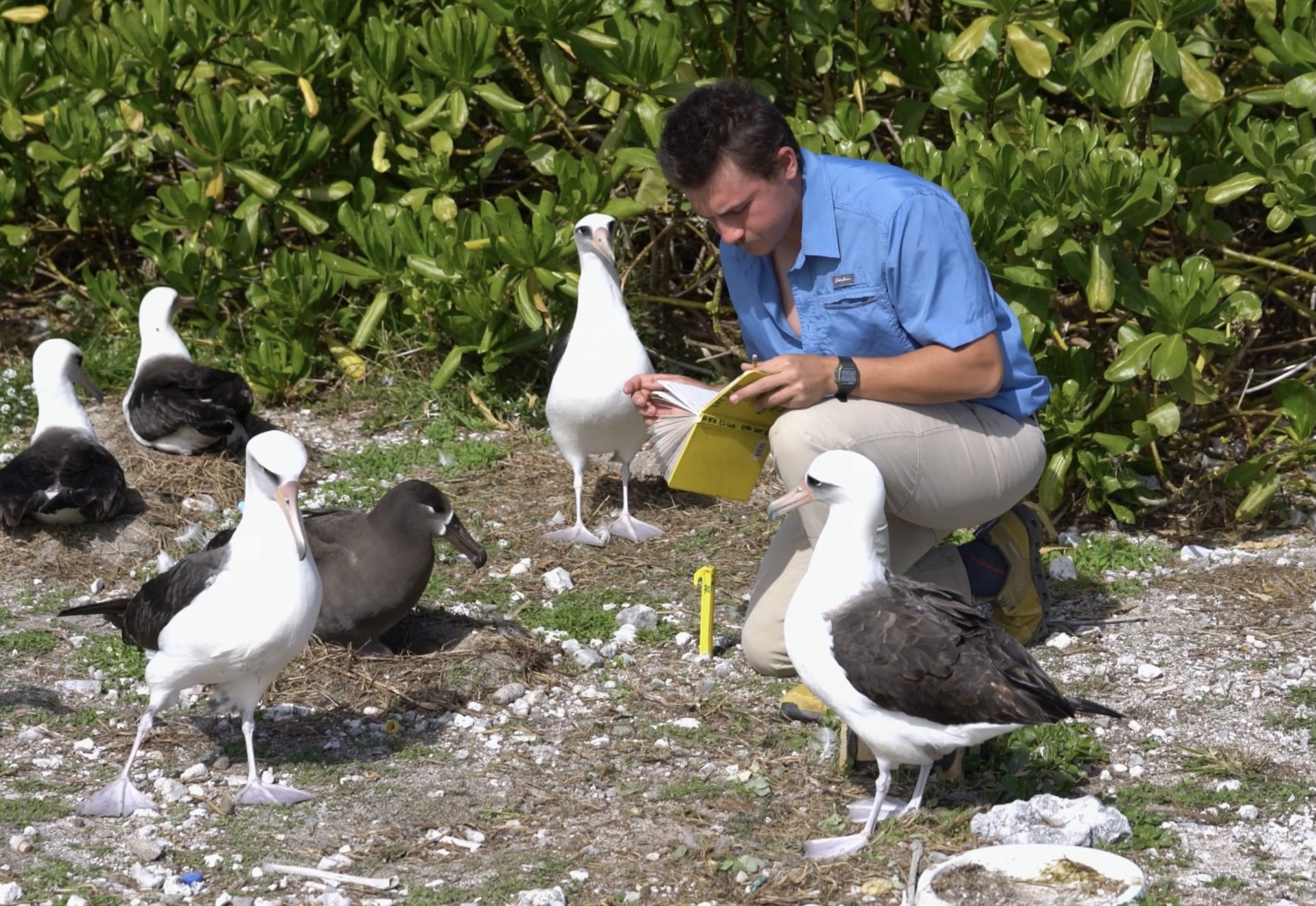
For the purposes of Repro work, Kuaihelani has been divided into several 20×20 meter plots. These sections in various locations on Sand and Eastern Islands have long been established as samples of the breeding populations at large. In early November, as the ka’upu first begin building nests and laying eggs, the team sets out to investigate the state of these historic breeding plots. The plots cover a wide range of terrains, and they take a beating from the elements all year long. First a little cleanup takes place. Barriers are re-established and then the team determines which nests belong inside the plot and which will be excluded from the data set. And that’s when it’s time to break out the little yellow books.
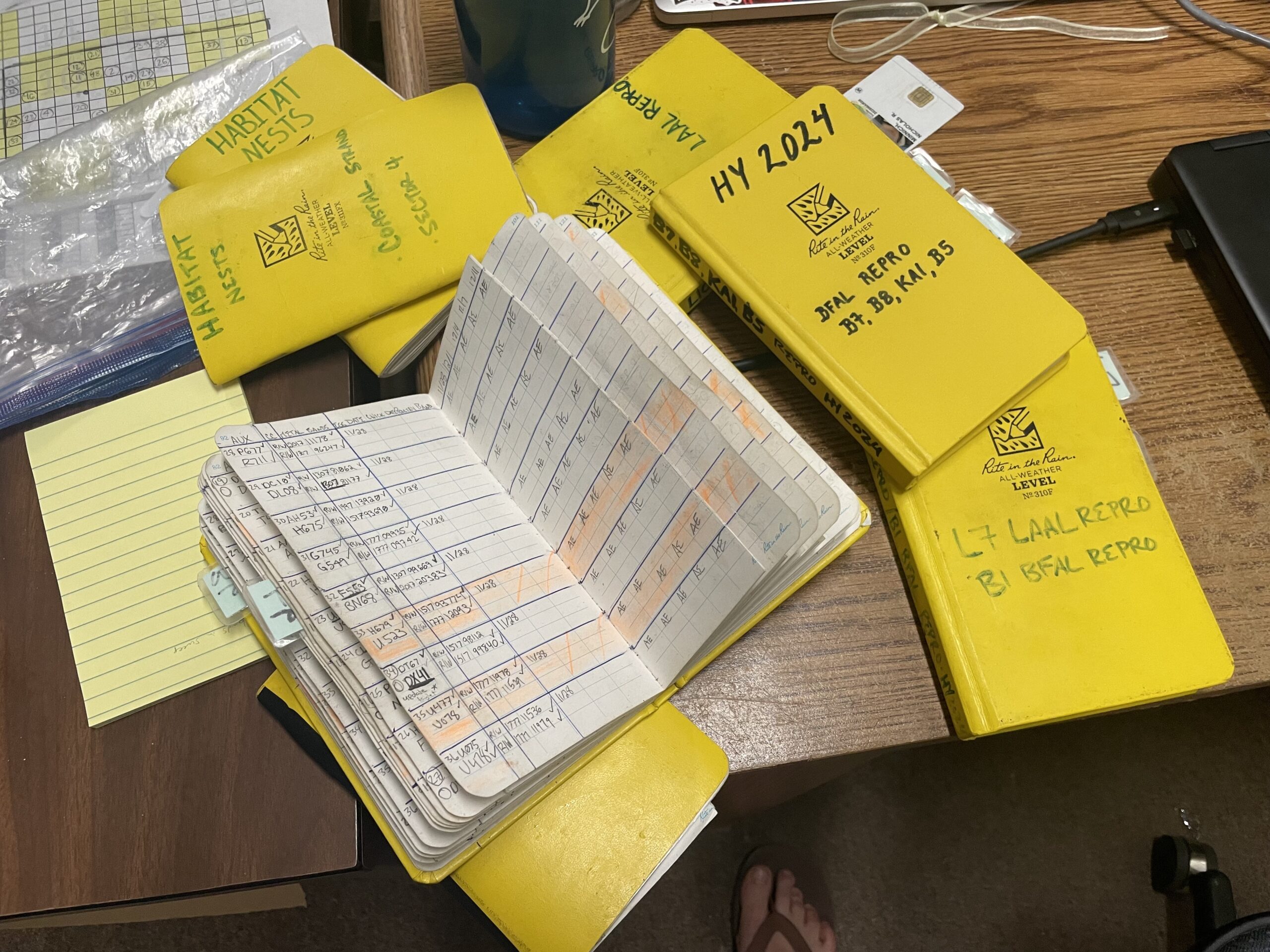
These beauties are the heart and soul of Repro. Each line is a nest with the band numbers of the breeding parents recorded, along with the dates for egg laying, egg hatching, and eventually chick fledging. Along the way all sorts of mayhem ensues. We see nests with three parents, eggs getting swapped between breeding pairs, Laysan on black-footed eggs and vice versa…you name it. And of course, not every egg survives, but using these data biologists can follow all of these patterns meticulously. Volunteers also record data used to measure population trends, and, most importantly, reproductive success. It’s vital to know how well the albatross populations respond year to year, and across decades.
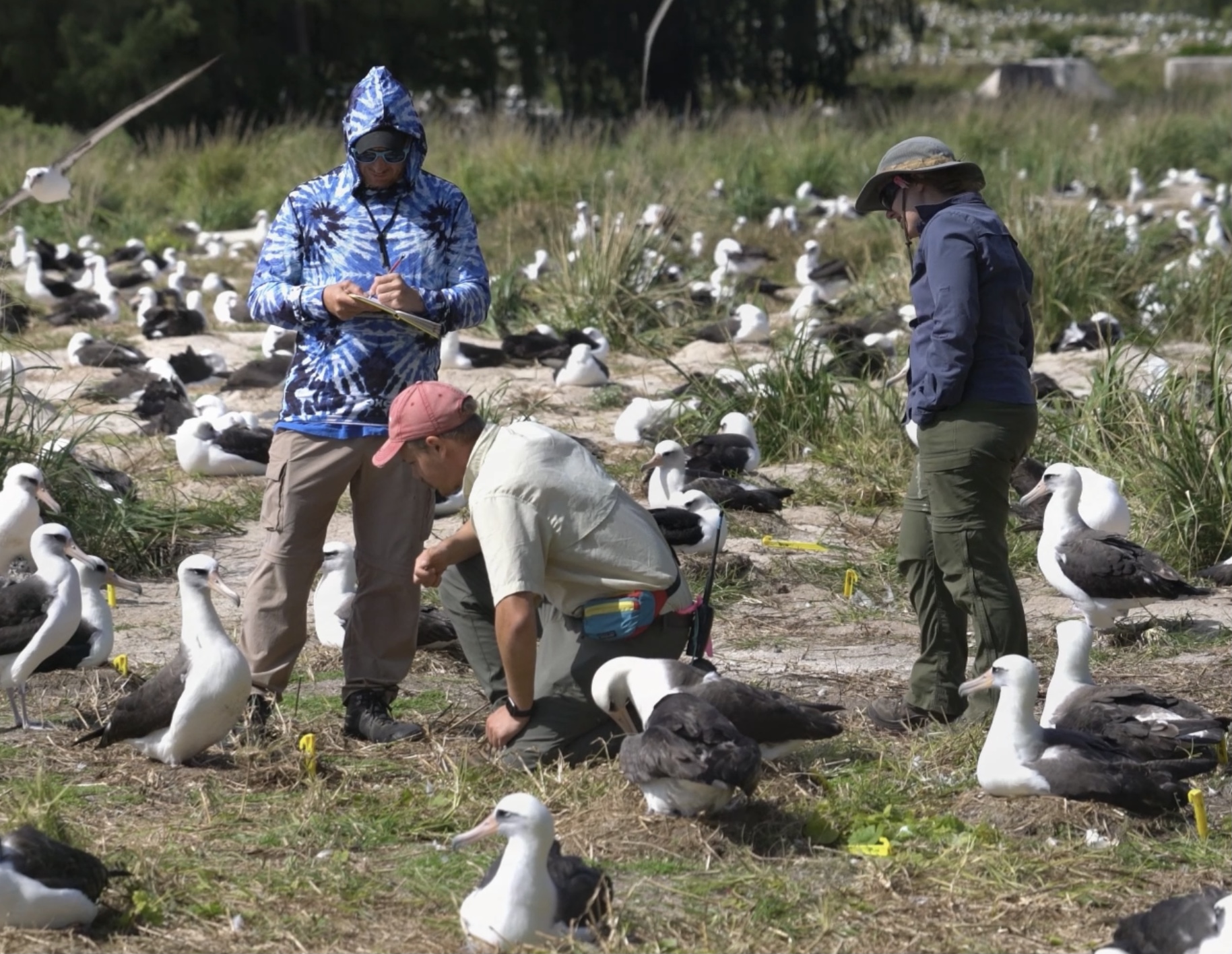
Albatross Reproductive Success Monitoring Program.
The rate at which mōlī and ka’upu produce viable offspring is the main takeaway from Repro. Scientists want to know how well these albatross reproduce against a host of variables. Looking back over the years, they can determine if and how much local weather patterns, climate change, habitat deterioration, and local terrain impact the number of healthy chicks born to these intrepid seabirds. This information impacts future efforts to restore or maintain native habitats, as well as informing a wide range of cutting-edge scientific research.

A lot of moving parts have to come together to make Repro a successful part of the ADMP, and the logistics of life on Kuaihelani are not least among them. This project relies primarily on volunteers, and without the support of the Friends of Midway Atoll (FOMA), volunteering on the Refuge would be considerably more difficult. The materials and equipment that FOMA provides help the USFWS staff and volunteers get the job done. Once again, these jobs require a village, and the Midway village is a beautiful thing.
U.S. Fish and Wildlife Service volunteer Dan Rapp captures the mechanics and processes involved in critical data collection within the world's largest albatross colony. Enjoy!
